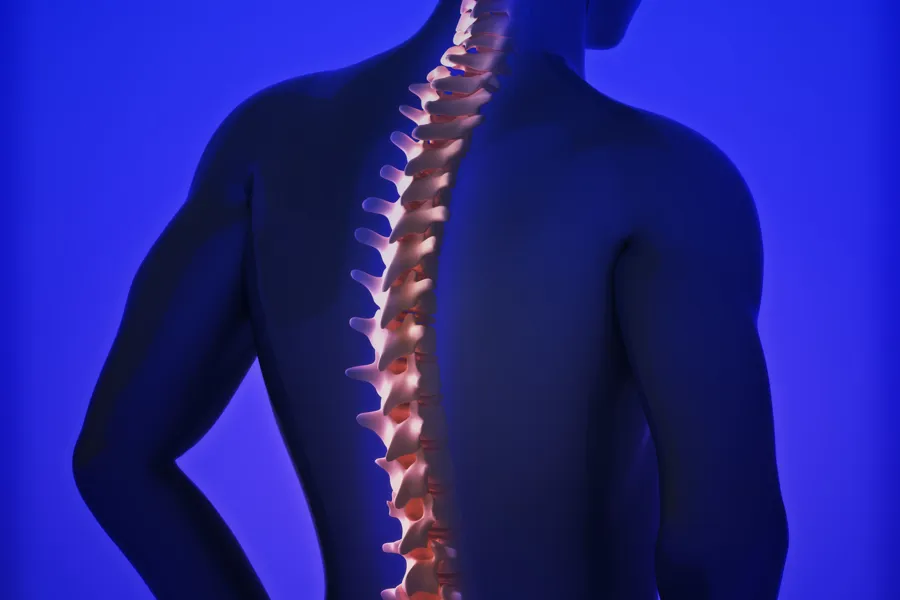Same day adaptive palliative radiotherapy
The goal is to implement same day palliative treatment using standard radiotherapy equipment.

Principal Investigator: Mari Helene Blihovde Hjelstuen
Team/collaborators: Sara Pilskog, Kjell Ivar Dybvik, Liv Bolstad Hysing, Helge Seime Pettersen, Maria Nyre Vigmostad, Kristin Helene Dybvik Iversen, Sarah Gjerde Myhre, Gry Sandvik Haaland, John Alfred Brennsæter, Lukas Hirschi
Background
Bone metastasis often occurs in advanced cancer and is the most common reason for pain in cancer patients. Radiotherapy is an established technique to treat painful bony metastasis, with well documented pain relief in about 40-60 % of patients. For these patients, with short life expectancy and great pain, it is crucial to reduce time spent in the hospital and on transportation. At Haukeland University Hospital the Ethos-Direct technique is implemented where adaptive palliative radiotherapy is delivered in one treatment session (typically 30 minutes). With the new workflow enabled by the Ethos machine, the commonly scheduled planning CT session is omitted, sparing the patient from hospitalization one or several days between the planning CT session and the treatment or on transportation back and forth. This project aims to expand the Ethos-Direct strategy to standard radiotherapy equipment.
Goal
Implement same day palliative treatment using standard radiotherapy equipment.
Approach
Investigate if the Ethos-Direct technique can reduce time spent in the hospital and develop tools and automate tasks to enable a similar workflow using standard radiotherapy equipment (i.e., a linear accelerator instead of the Ethos machine). Collect information on pre-treatment frailty and post-treatment pain relief to investigate the association with treatment decision regret and hospital stay. Frailty score is commonly used for elderly patients prior to choice of treatment strategy and level of care but is little studied in palliative patients. The same is the degree of decision regret.
Impact
The potential omittance of hospitalization and transportation with the suggested workflow may help reducing some of the forthcoming challenges regarding qualified staff availability by reducing the needed number of beds in the oncological wards and by automating some of the current manual labour-intensive tasks in radiotherapy planning. An additional advantage for the patient in omitting hospitalization might be correlated to the risk of delirium in frail patients during hospitalization and changing environments. Frailty scoring might also be helpful in choice of treatment strategy for palliative patients.